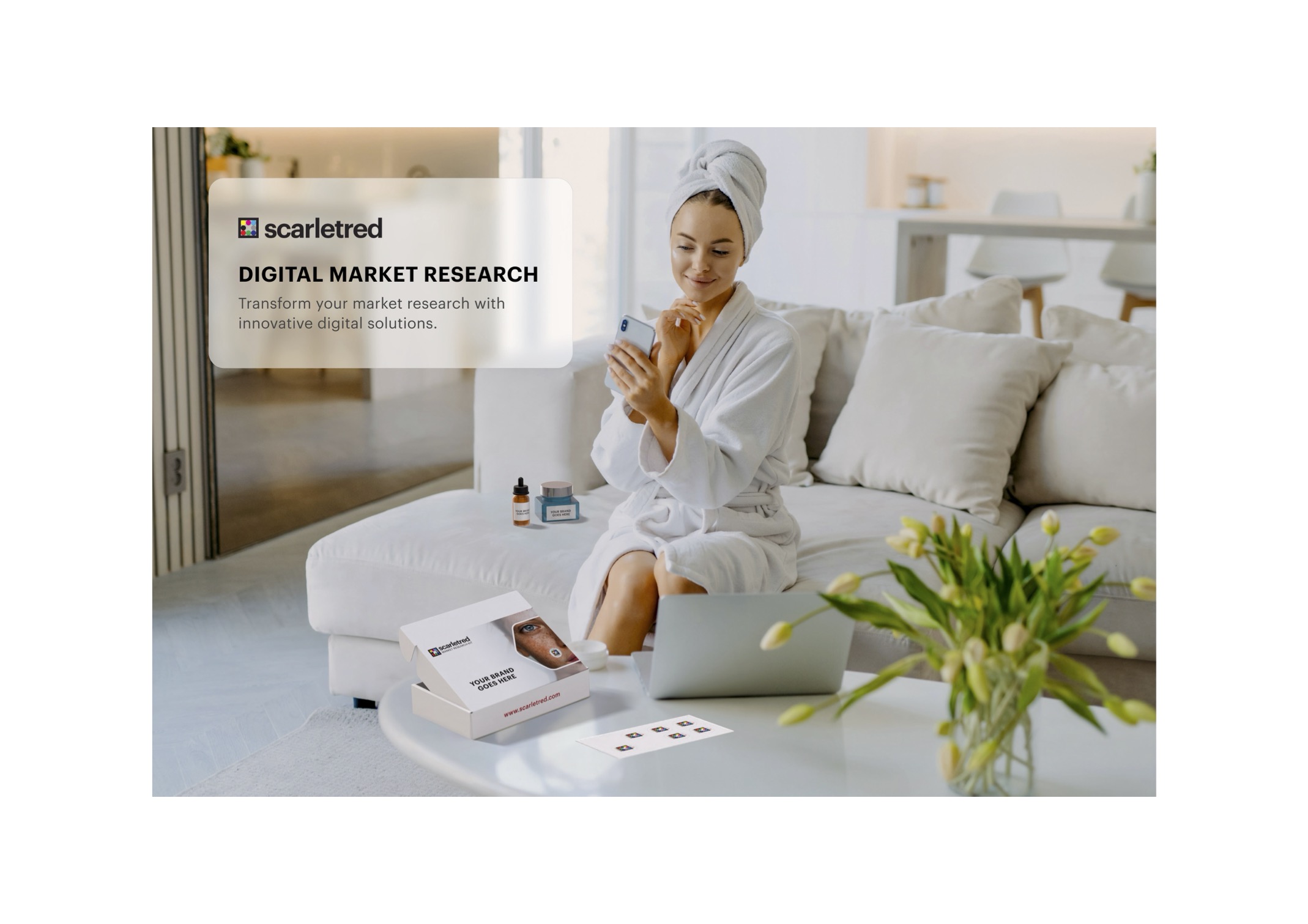
Hidradenitis suppurativa - Pharma goes digital to accelerate clinical drug development
Hidradenitis suppurativa (HS) is an autoinflammatory skin condition that causes abscesses and scarring on the skin and affects about 1-4% of the total population (Ballard & Schuman, 2020).
HS comes with physical complications as well as psychological challenges, treatment therefore often starts when the disease is already in an advanced stage. Assessment of disease activity is key in clinical management and monitoring of patients with HS. To this purpose, providing medical professionals with a scalable and easily implementable tool allowing for a powerful data management system enables dermatologists to establish standardized documentation and objective analysis methods.
In this context, SCARLETRED, an Austrian digital health company, has developed a innovative solution, Scarletred®Vision, for the standardized imaging, documentation, quantification, and assessment of conditions ranging from dermatological indications to drug reactions on the skin to nail fungal infections.
Scarletred®Vision is a CE certified Class I Medical Device: the system is ICH-GCP, GDPR- and HIPAA-compliant and is a certified ISO-13485 Quality Management System. It is used in a wide variety of settings, including clinical trials (preclinical to phase IV), routine clinical work, hospital care as well as remote monitoring of patients. Scarletred®Vision’s scalability allows doctors to easily empower their subjects to participate and provide valuable data remotely, from the comfort of their home. Furthermore, this tool, especially in multi-centric clinical trials, allows the precise monitoring and following of patient treatment progression and thus the efficacy of the investigational product throughout the clinical trial.
How does Scarletred®Vision work?
Scarletred®Vision consists of the following components:
Mobile App: generation of high-quality images in conformity with data protection regulations and patient anonymity
QR Code: information that could be used to identify study participants is not stored (e.g. name, date of birth, etc.); each patient is assigned an anonymized QR- Code
Skin Patches: are recognized by the software and enable the calibration of the captured images with regards to color, lighting conditions, and size
Online Platform: the web-based platform is the data management database that hosts the documentation, assessment, and quantification of patient data
Scarletred®Vision Mobile App: Imaging & ePRO
Step 1: Place the Skin Patch on the healthy skin next to the area of interest
Step 2: Take an image using the Mobile App, which is then automatically uploaded to the secure online platform
Step 3: The analysis is then performed on the Online Platform, which offers multiple analytical tools to assist the medical professionals in their assessment and analysis
Step 4 (Optional): Electronic Patient Reported Outcomes (ePROs) and questionnaires can be customized and configured to appear after the image has been taken at the frequency of choice (Figure 1). The answers and the resulting scores are documented centrally on the platform together with the corresponding HS image.
.png)
Scarletred®Vision Online Platform
Documentation & Measurement
The images generated with the Scarletred®Vision mobile app are automatically uploaded to the online platform, which serves multiple purposes: organized, automated documentation and image analysis (with customizable scoring and analytical tools). The standardized images are presented in such a way that allows the medical professional to have a clear overview of the disease progression over time. Additionally, SCARLETRED has developed the distinguished Standard Erythema Value (SEV*), which augments the visualization of erythema through pseudo-signal maps with adjustable signal intensities (Figure 2b): it highlights erythema using easily distinguishable colors while taking into account the native skin color. Combined with the analytical tools, the platform allows for the quantification of specific parameters which contributes to the treatment efficacy evaluation through precise and standardized monitoring (Figure 3).



Tissue Classification
Scarletred®Vision also offers an AI-powered classification tool to automatically classify and quantify areas with different colors and/or textures with minimal input by the expert, resulting in a highly efficient and precise data analysis. After selecting on some 3-4 representative areas of each tissue type, the algorithm automatically detects all of these tissue types within the selected area of interest. The outcome is a quantification of each tissue type, which can be repeated on multiple images over time so as to follow the progression of the the different tissue types (e.g. inflamed vs healthy). In the case of Hidradenitis suppurativa, the tissues classes are defined as healthy, inflammation, scarring (Figure 4). The tissues classes can be defined as per clinician's/study requirements.
The better the user teaches it i.e. the better the initial information input, the better the AI can be trained and differentiate between HS tissue classes.

Scarletred®Vision’s innovative approach to creating digital solutions is the first of its kind. Its modular framework makes it applicable to all skin conditions (dermatological diseases, injection sites, drug reactions, allergic reactions, cosmeceuticals and many more). The certified Medical Device offers digital documentation and analytical tools that have been proven, both in the clinical and home-based settings, to increase data quality, enable doctors to quantify visual parameters, to improve patient treatment regimen and patient compliance, save doctors time, and generate analyses that are not obtainable with other technologies in the field.
Don’t be a stranger! Get in touch with our Team so that we can discuss how to best tailor our solution to fit your needs: support@scarletred.com.



